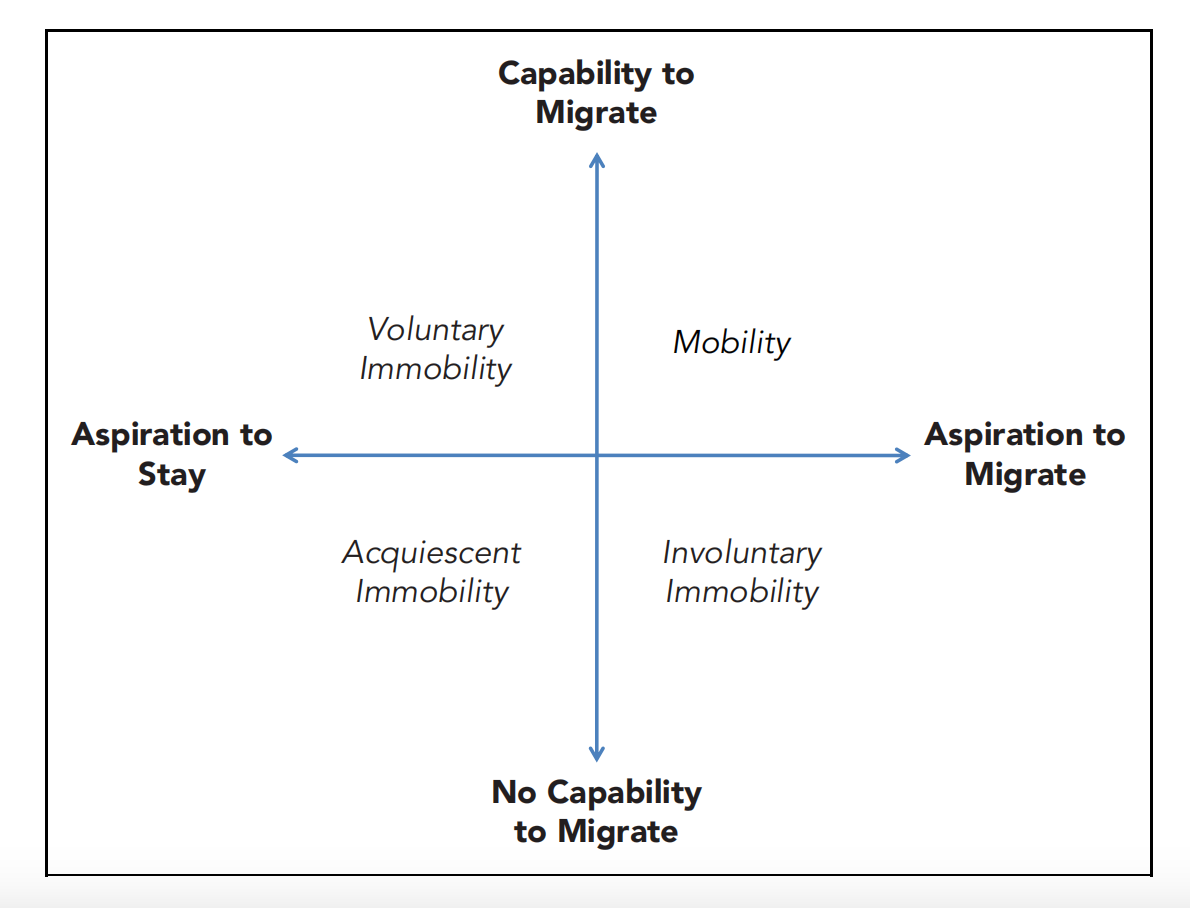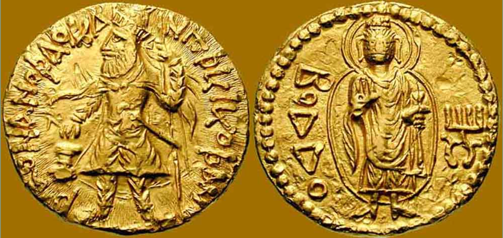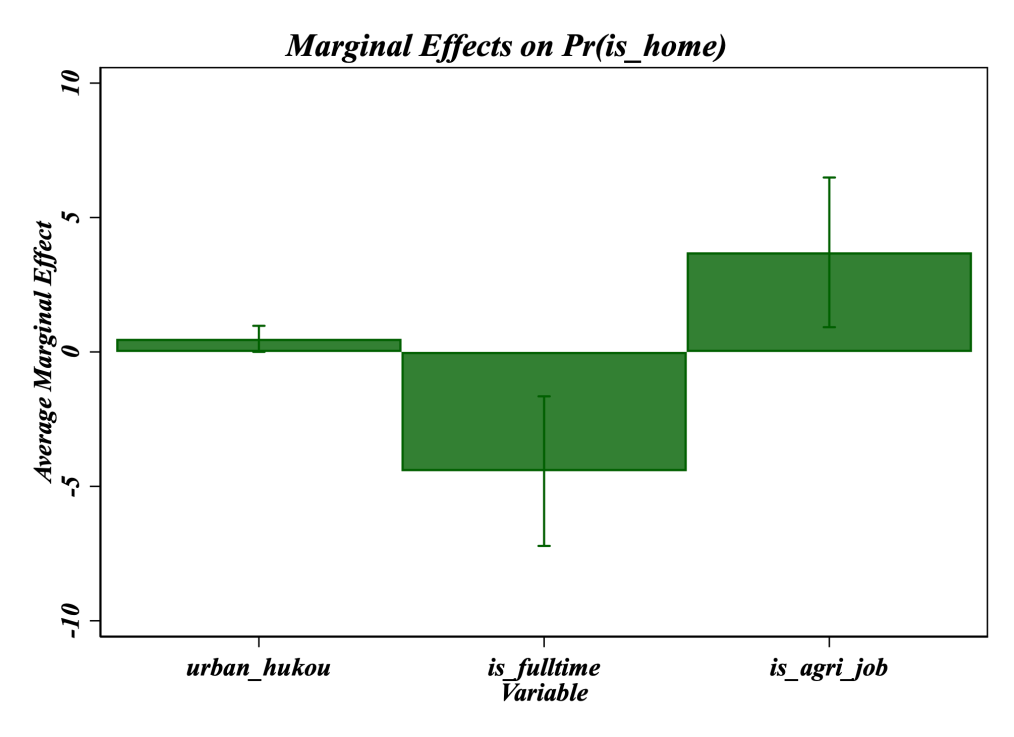

Volume 82
Published on October 2025Volume title: Proceeding of ICIHCS 2025 Symposium: Exploring Community Engagement: Identity, (In)equality, and Cultural Representation

This paper proposes a revised, operational Aspiration-Capability Assessment Model based on Kerilyn Shewel's Aspiration-Capability Framework, with accompanying assessment questionnaires (measuring subjective aspiration and objective capability) to measure the (im)mobility of individuals or groups. The questionnaires provide numerical scores and plot respondents on a quadrant diagram (x-axis: aspiration; y-axis: capability). Each axis features five calibrated levels, with data points colored according to age. The research methodology focuses on model design and demonstration, followed by a synthesis of literature, comparative case studies across African contexts, and the construction of three composite roles derived from multiple empirical studies to explain the social/cultural, policy/political, and safety/security barriers to upward mobility faced by Chinese immigrants in Africa. The quadrant diagram positions and corresponding interpretations for each role are then presented. The purpose is not to conduct regional migration research but to demonstrate the model's portability and operability. This paper argues that the Aspiration-Capability Assessment Model provides researchers and policymakers with a lightweight, comparable diagnostic method, offering further developments in research on measuring individual (im)mobility.

 View pdf
View pdf


Although the U.S. social support system for people with disabilities has made progress in terms of legislation, it often fails to translate into substantive justice in action, perpetuating a systemic state of "immobility" in many cases. This study employs a critical case analysis of domestic labor scenes in the film Child of Deaf Adults (2021) to explore the mechanisms for transitioning from "immobility" to "constrained mobility." Using textual analysis and theoretical application, it examines the roots of immobility found in the interaction between policy implementation gaps, economic structural barriers, and dependent family roles. The findings indicate that micro-level practices, such as family "letting go" and the pursuit of individual "constrained mobility," are crucial for breaking dependency cycles. It is concluded that public policy must shift from a model that compensates for individual deficiencies to one that eliminates structural barriers, particularly through enhancing information accessibility, targeted economic support, and family empowerment. This study contributes to the refinement of policies in this field by applying a mobility justice perspective to the understudied realm of domestic labor.

 View pdf
View pdf



This paper examines how Silk Road rulers strategically employed Buddhist patronage as a mechanism for political legitimization and territorial control. The study illustrates three interconnected strategies through the examination of Xuanzang’s Great Tang Records on the Western Regions and archaeological evidence, such as donor inscriptions in the Kizil and Kumtura cave monasteries and the monastic-mining complex at Mes Aynak. These strategies include the use of religious art as territorial markers, the economic integration of monastic institutions with trade networks, and the sacralization of kingship through Buddhist cosmology. The evidence shows how Silk Road monarchs used Buddhism to serve as a functional infrastructure for managing multiethnic empires as well as an ideological foundation for universal authority. Even though some stories are romanticized, the historical record emphasizes Buddhism's dual function as spiritual doctrine and political technology.

 View pdf
View pdf



Based on micro-survey data from China, this paper systematically examines how social identity characteristics influence individuals' long-term and settlement intentions, focusing on the mechanisms of institutional and economic identities such as the hukou system and occupational structure. This paper considers housing assets as a proxy variable for long-term settlement capacity and uses a two-way fixed effects model to assess the impact of three core identity variables—urban hukou, full-time employment, and agricultural employment—on housing wealth. The results show that urban hukou significantly promotes housing asset accumulation, while agricultural occupations significantly inhibit this capacity. The effect of full-time employment status is unstable, possibly influenced by mobility factors. Further analysis of short-term settlement intentions reveals that both urban hukou and agricultural work positively influence individuals' residential choices, while the direction of the impact of full-time employment is heterogeneous. Furthermore, by introducing a moderation model for urban hukou and non-agricultural occupations, this paper reveals a complementary effect between identity characteristics, indicating that housing wealth accumulation capacity significantly increases and exhibits a complementary amplifying effect only when both are present. This paper expands the theoretical understanding of social identity and settlement behavior, emphasizing the nested relationship between institutional resources and occupational structure as one of the important mechanisms explaining social mobility and spatial governance in China.

 View pdf
View pdf


The Harry Potter series features characters from diverse racial backgrounds, yet J.K. Rowling’s portrayals reveal different attitudes toward them. This paper investigates how the portrayal of Cho Chang reflects stereotypes of Asian girls and how the theory of orientalism contributes to the stereotype’s emergence. The name Cho Chang evokes an image of fragility and constant weeping girl, hinting at an underlying bias. In the narrative, her beauty—framed as an “Eastern charm”—often overshadows her notable Quidditch skills. Although she is portrayed as both academically and athletically talented, she hesitates to confront the Dark Arts. Collectively, these traits construct a character situated within the broader framework of orientalist ideology. Through close reading and textual analysis, this study finds that Cho Chang’s depiction perpetuates the “fragile, exotic Asian girl” stereotype which reinforces cultural biases. These findings contribute to a broader understanding of racial representation in children’s literature and highlight the importance of more nuanced portrayals of minority characters.

 View pdf
View pdf


With the rapid advancement of the Internet, the swift spread of information, and the NBA's continuous efforts to localize its presence in China, the application of global sports IPs to transforming into local cultural phenomena in China. Based on Bourdieu's theory of the art field and intercultural communication theory and explores how the NBA creatively utilizes Chinese internet memes and celebrity interaction strategies to achieve cultural adaptation. Using case analysis and other research methods, Conduct specialized research the study is conducted on the foundation of the cultural industry as a localized research attempt. The NBA has transformed its IP into localized phenomena through a mechanism of "symbolic localization and translation" (such as festival rituals and celebrity memes). The research finds that this process not only reduces the cultural discount, but also creates a cultural dividend, providing a powerful reference and it is also example for localization in multinational cultural industries.

 View pdf
View pdf


In the Anthropocene, the global ecological crisis is not only environmental but also epistemological and political. This paper examines seeds as critical analytical sites where ecological disruption, colonial history, and knowledge contestation converge. Through historical and ethnographic examples, it traces the shifting meanings and functions of seeds—from ecological collaborators in multispecies networks to instruments of imperial extraction and capitalist commodification. The analysis reveals how modern seed regimes, shaped by genetic science and property law, have contributed to the erosion of agrobiodiversity and the enclosure of local knowledge systems. However, the paper also identifies a countercurrent: grassroots “reflective seed practices”—such as Indigenous stewardship and community seed saving—are challenging dominant regimes by reviving relational, situated, and non-commodified forms of knowledge and care. These practices are not romantic returns to the past but adaptive responses to planetary instability, grounded in performative and plural ecologies. The paper argues that seeds are not merely affected by the Anthropocene but illuminate its deepest structures. By reading seeds as agents of political economy and epistemic resistance, the study contributes to a rethinking of ecological futures beyond technoscientific fixes, emphasizing relational ethics, cognitive justice, and grassroots transformation.

 View pdf
View pdf


As a significant branch of Chinese folk art, Northeastern Errenzhuan carries profound historical accumulation and embodies the distinctive characteristics of Northeast folk culture. Against the backdrop of accelerating modernization and the influx of diverse cultures into the Chinese market, systematically mapping its developmental trajectory holds urgent academic value and practical significance for protecting this important intangible cultural heritage and understanding its artistic essence. This study employs literature review and case analysis methods, focusing on the evolutionary characteristics of Northeastern Errenzhuan during China’s modern and contemporary historical stages, and delving into the transformation of its artistic form and social functions. The research points out that the value of Northeastern Errenzhuan’s traditional repertoire as classical art needs to be cherished and inherited, while its adaptation to the contemporary wave of marketisation and entertainment constitutes a crucial space for its survival.

 View pdf
View pdf


As an important geographical unit, Northeast Asia has long been plagued by frequent hot spots. In modern times, the overall situation in Northeast Asia has been turbulent, with frequent wars and unrest. However, in the 1920s, there was a period of relative stability in Northeast Asia. This study reviews the academic context and research gaps, introduces the theory of power balance, explains the formation of the Vienna system and the principle of power balance, and introduces the power balance diplomatic practices of countries such as Britain, France, and Russia. After reviewing the situation in China in the early 20th century, the study introduces the factor of power balance into the analysis of the Northeast Asian landscape in the 1920s. It examines various areas, including the strength, strategies, and mutual constraints of major regional powers such as Japan and Russia; the relative constraints of international treaties and systems; the growth in strength and foreign policies of local powers in Northeast China; and the policies and interventions of Western powers outside the region. Research suggests that a balance of power emerged in Northeast Asia in the 1920s, with relative stability resulting from the combined effects of various traditional and unique power balance factors.

 View pdf
View pdf


Video games have transformed from a niche pastime into a global cultural phenomenon, giving rise to worldwide gaming communities. This paper explores the dynamics of cross-cultural communication in digital game communities, using Kingdom Come: Deliverance as a case study. As a historically rich single-player role-playing game, Kingdom Come presents a unique setting—15th-century Bohemia—that evokes varied reactions among players from different cultural backgrounds. The paper reviews how cultural diversity shapes gameplay interpretation, community dialogue, and moral frameworks within game engagement. It highlights both friction and understanding that arise in these global interactions. Drawing on literature in cultural studies and game theory, the paper shows how games serve not only as entertainment but also as arenas for negotiating identity, tradition, and worldview. The discussion also addresses community-created content and how global fanbases interact across linguistic and ideological borders. Ultimately, the study demonstrates that video games, even those without real-time multiplayer features, act as platforms for intercultural exchange and critical reflection.

 View pdf
View pdf




